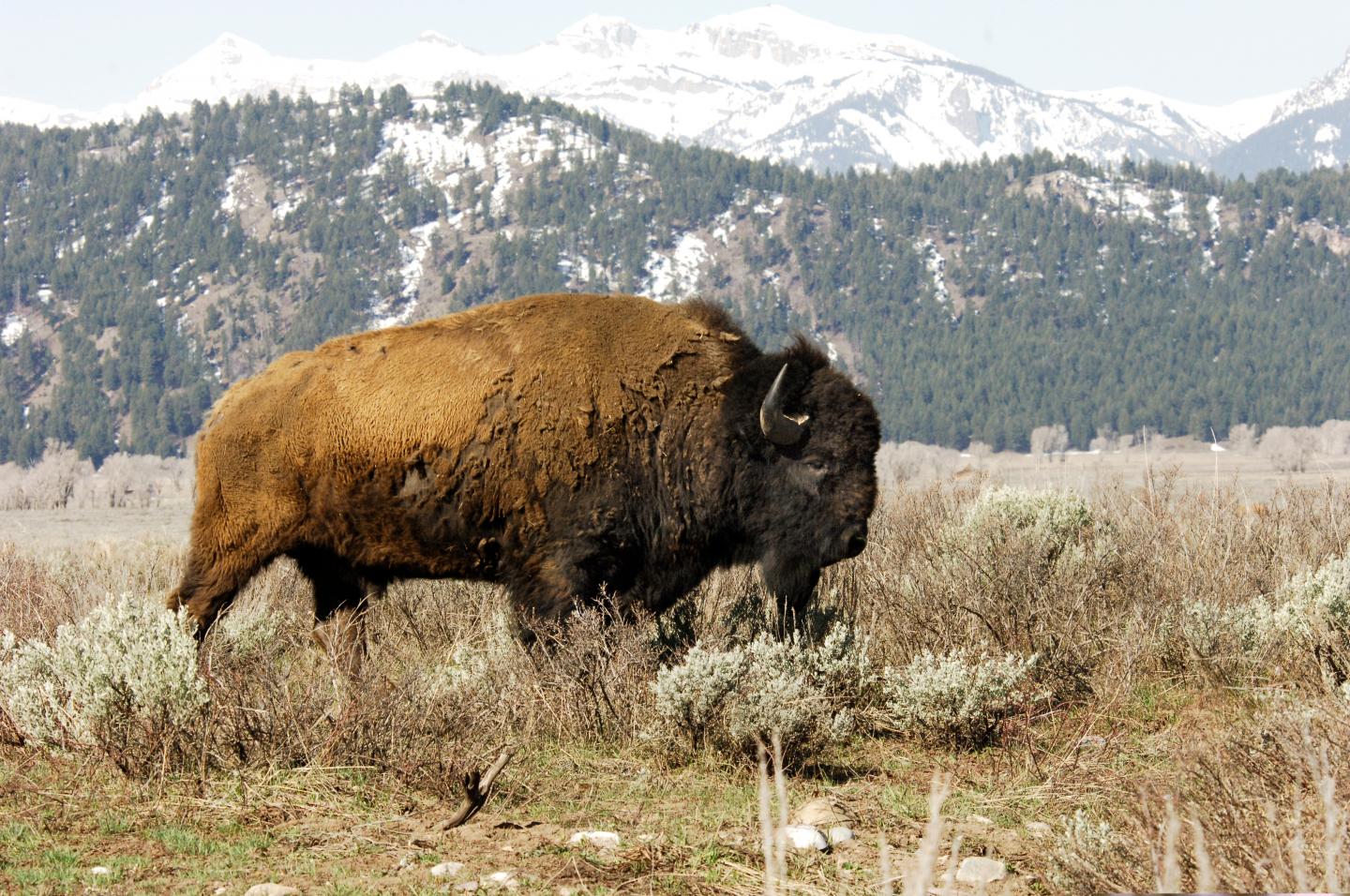Adequately resourced protected areas currently safeguard just 4-9% of terrestrial amphibians, birds, and mammals

Credit: Julie Larsen Maher/WCS
NEW YORK (June 5, 2019) – A new analysis published in the journal Frontiers in Ecology and the Environment shows that the world’s protected areas (PAs) are experiencing major shortfalls in staffing and resources and are therefore failing on a massive scale to safeguard wildlife.
The analysis looked at more than 2,100 protected areas around the world and found that less than a quarter report having adequate resources in terms of staffing and budget. The authors then looked at nearly 12,000 species of terrestrial amphibians, birds, and mammals whose ranges include protected areas and found only 4-9 percent are represented within the borders of the adequately resourced PAs.
“This analysis shows that most protected areas are poorly funded and therefore failing to protect wildlife on a scale sufficient to stave off the global decline in biodiversity,” said Dr. James Watson of WCS and the University of Queensland, and one of the study’s co-authors. “Nations need to do much more to ensure that protected areas fulfill their role as a major tool to mitigate the growing biodiversity crisis.”
The authors acknowledge that countries are on target to fulfill a global commitment of setting aside 17 percent of terrestrial areas and 10 percent of the marine realm as PAs by 2020 (known as Aichi Target 11 of the Convention on Biological Diversity). However, the findings show that protected areas are grossly under-funded, and that simply measuring the amount of area protected is insufficient in conserving biodiversity.
The authors recommend the use of a restricted set of simple, robust indicators that capture the essence of effective PA resourcing and management. These indicators should be used for reporting toward international targets, prioritizing conservation actions, and achieving new PA standards, such as the IUCN’s Green List.
Said Watson: “While continued expansion of the world’s protected areas is necessary, a shift in emphasis from quality over quantity is critical to effectively respond to the current biodiversity crisis. If metrics of management effectiveness are not included in measurements of progress toward target 11 before 2020, we risk mistakenly reporting success in achieving Target 11, and sending a false message that sufficient resources are being committed to biodiversity protection.”
Protected areas provide the core of the last remaining strongholds for nature on planet Earth. If our efforts to hold on to these last intact natural areas remains inadequate, life as we know it will be threatened. Emphasis needs to be placed on building capacity, increasing and sustaining financial resources, scaling up conservation interventions, and improving overall effectiveness.
###
WCS (Wildlife Conservation Society)
MISSION: WCS saves wildlife and wild places worldwide through science, conservation action, education, and inspiring people to value nature. To achieve our mission, WCS, based at the Bronx Zoo, harnesses the power of its Global Conservation Program in nearly 60 nations and in all the world’s oceans and its five wildlife parks in New York City, visited by 4 million people annually. WCS combines its expertise in the field, zoos, and aquarium to achieve its conservation mission. Visit: newsroom.wcs.org Follow: @WCSNewsroom. For more information: 347-840-1242.
Media Contact
Stephen Sautner
[email protected]
Original Source
https:/
Related Journal Article
http://dx.




